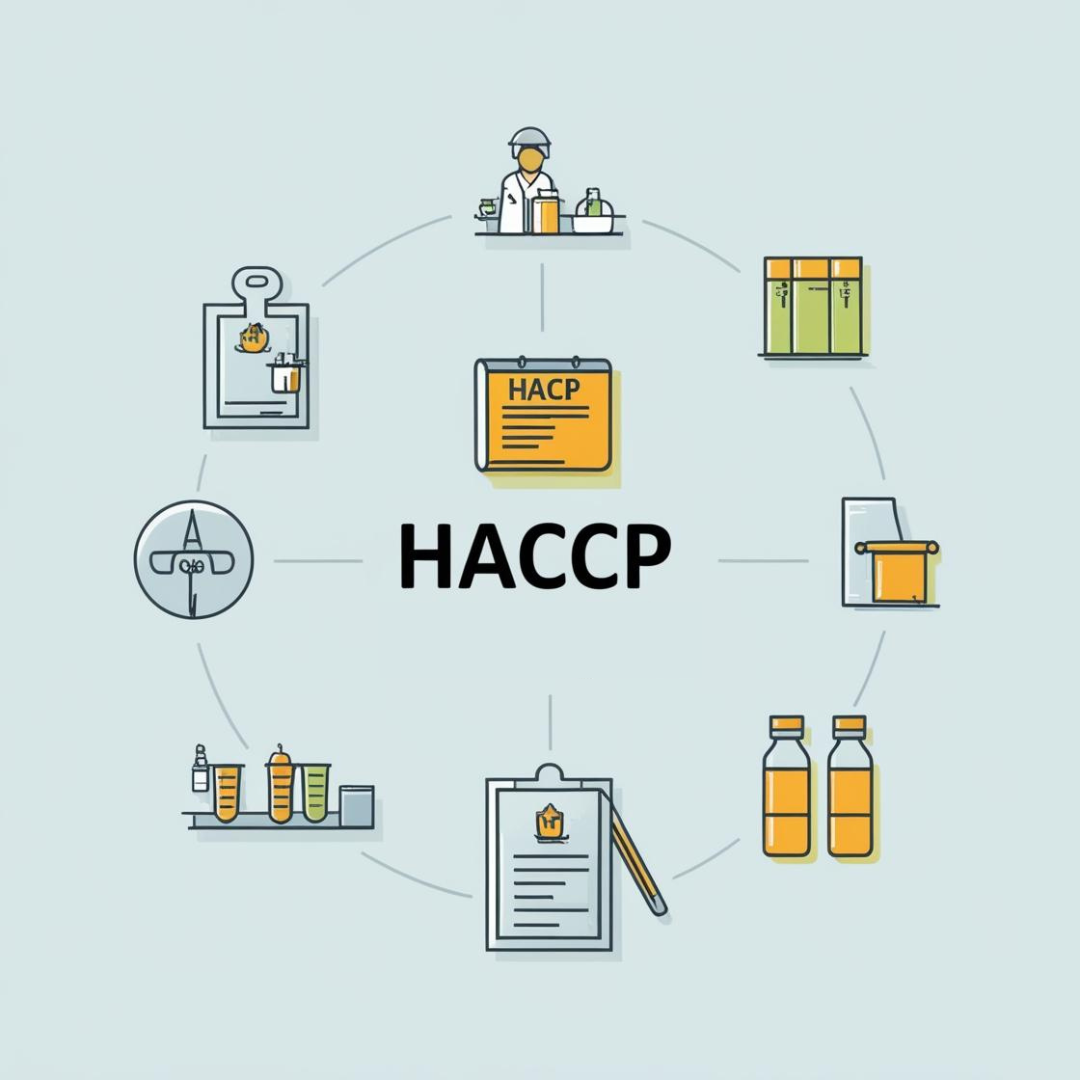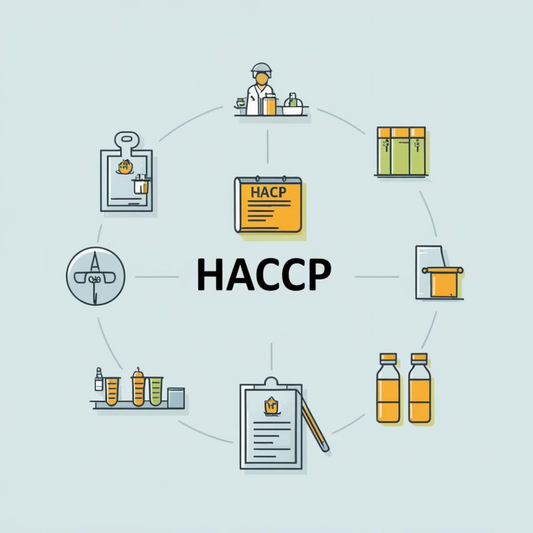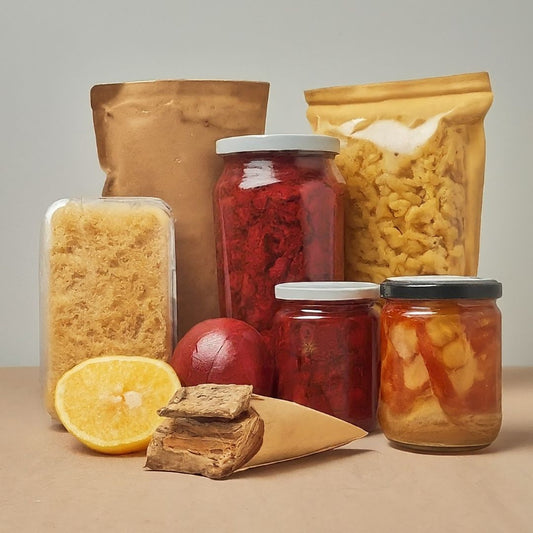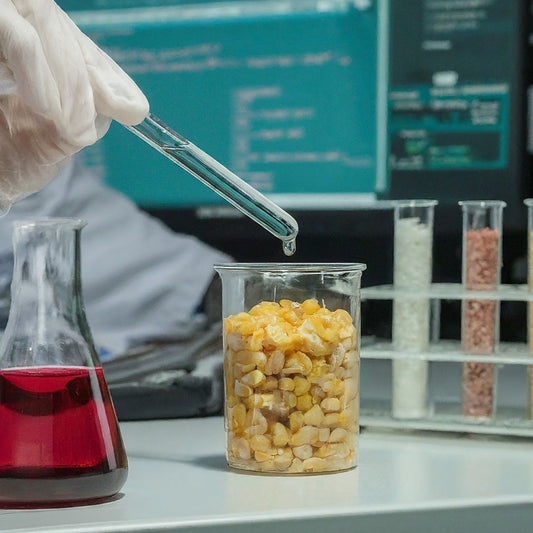Is introducing an alternative to the plastic milk pouch a tenable solution?
Share
Recently, National Green Tribunal directed Aavin to explore the possibility of using alternatives to single-use plastics in milk packaging. This was brought up after huge quantities of plastic waste had accumulated at Aavin’s Ambattur dairy unit
Asking the Tamil Nadu Diary Co-Operative to explore the possibility of using reusable plastics or glass bottles for milk packaging is a great move, but these suggestions might not win favour because of economical or logistical hurdles. There is no hope to be found in the experiences of other states.
In 2018, Bruhat Bengaluru Mahanagara Palike made a suggestion to the Karnataka Milk Federation to find alternatives to the plastic packaging of its Nandini milk. The effort did not take off.
To reduce plastic use, the Kerala Cooperative Milk Marketing Federation (Milma) mooted ‘Milk ATMs’ where people can come with containers to buy milk. The initiative remained on paper.
Last year, students and faculty of Rathinam College of Arts and Science in Coimbatore did a study (with a small sample size) on impact of using milk pouches with special reference to Aavin consumers in the district. Consumers preferred carton to glass bottle as the former was lightweight, inexpensive and shatter-proof. The respondents perceived milk pouches as convenient and affordable but expressed concerns about their environmental impact.
T.K. Bandopadhyay, Technical Director and ENVIS Coordinator at Indian Centre for Plastics in the Environment (ICPE) in Mumbai, says their studies have shown that plastic packaging of milk in sachets is so far the best.
He says India is the largest milk producer in the world and its packaging model is one of the contributory factors. “All grades of plastics cannot be used for packaging of milk. A particular grade of LDPE (low density polyethylene) is used and this is by far the most environment-friendly and used in most diaries in India because of its quality, cost effectiveness and ease in transportation,” says Bandopadhyay.
He says LDPE pouches has been popular since the mid - 1970s in India. “All the dairies in the country have switched over to this mode of packaging which is energy saving, safe, and cheapest.”
The plastic milk pouches sent for recycling are used for a variety of purposes, especially in making tarpaulins. Bandopadhyay says the situation in India is way different from what exists in the West.
“In the U.K. plastic bottles are used for milk distribution but the consumption is considerably lower than in India and the distribution pattern is also different,” he explains. In comarison with plastic bottles, glass bottles are more energy-efficient but washing them is a challenge, he says.
LDPE plastics if not disposed of properly can clog drainage systems, leading to flooding and environmental damage. But in most cities, milk pouches are collected by recyclers and rag pickers for it offers high recyclable value.
There is also the debate on switching to sustainable packaging materials with studies showing that bio-degradable plastic is costly, has poor functionality and has higher carbon footprints.
Role of consumers
Green activists say pushing for extended producer responsibility (EPR) schemes, creating awareness among public and offering incentives for sustainable packaging practices are some ways to check the harm these plastics are causing the environment.
Like Himani Datar, the Chennai representative of the Milk Bag Project who collects washed and dried milk covers from citizens, stores them at her house in Anna Nagar before they are sent to the recyclers, we need more eco-conscious citizens. We also need more recyclers coming forward to set up decentralised collection and processing infrastructure for milk pouches.
Asking the Tamil Nadu Diary Co-Operative to explore the possibility of using reusable plastics or glass bottles for milk packaging is a great move, but these suggestions might not win favour because of economical or logistical hurdles. There is no hope to be found in the experiences of other states.
In 2018, Bruhat Bengaluru Mahanagara Palike made a suggestion to the Karnataka Milk Federation to find alternatives to the plastic packaging of its Nandini milk. The effort did not take off.
To reduce plastic use, the Kerala Cooperative Milk Marketing Federation (Milma) mooted ‘Milk ATMs’ where people can come with containers to buy milk. The initiative remained on paper.
Last year, students and faculty of Rathinam College of Arts and Science in Coimbatore did a study (with a small sample size) on impact of using milk pouches with special reference to Aavin consumers in the district. Consumers preferred carton to glass bottle as the former was lightweight, inexpensive and shatter-proof. The respondents perceived milk pouches as convenient and affordable but expressed concerns about their environmental impact.
T.K. Bandopadhyay, Technical Director and ENVIS Coordinator at Indian Centre for Plastics in the Environment (ICPE) in Mumbai, says their studies have shown that plastic packaging of milk in sachets is so far the best.
He says India is the largest milk producer in the world and its packaging model is one of the contributory factors. “All grades of plastics cannot be used for packaging of milk. A particular grade of LDPE (low density polyethylene) is used and this is by far the most environment-friendly and used in most diaries in India because of its quality, cost effectiveness and ease in transportation,” says Bandopadhyay.
He says LDPE pouches has been popular since the mid - 1970s in India. “All the dairies in the country have switched over to this mode of packaging which is energy saving, safe, and cheapest.”
The plastic milk pouches sent for recycling are used for a variety of purposes, especially in making tarpaulins. Bandopadhyay says the situation in India is way different from what exists in the West.
“In the U.K. plastic bottles are used for milk distribution but the consumption is considerably lower than in India and the distribution pattern is also different,” he explains. In comarison with plastic bottles, glass bottles are more energy-efficient but washing them is a challenge, he says.
LDPE plastics if not disposed of properly can clog drainage systems, leading to flooding and environmental damage. But in most cities, milk pouches are collected by recyclers and rag pickers for it offers high recyclable value.
There is also the debate on switching to sustainable packaging materials with studies showing that bio-degradable plastic is costly, has poor functionality and has higher carbon footprints.
Role of consumers
Green activists say pushing for extended producer responsibility (EPR) schemes, creating awareness among public and offering incentives for sustainable packaging practices are some ways to check the harm these plastics are causing the environment.
Like Himani Datar, the Chennai representative of the Milk Bag Project who collects washed and dried milk covers from citizens, stores them at her house in Anna Nagar before they are sent to the recyclers, we need more eco-conscious citizens. We also need more recyclers coming forward to set up decentralised collection and processing infrastructure for milk pouches.





